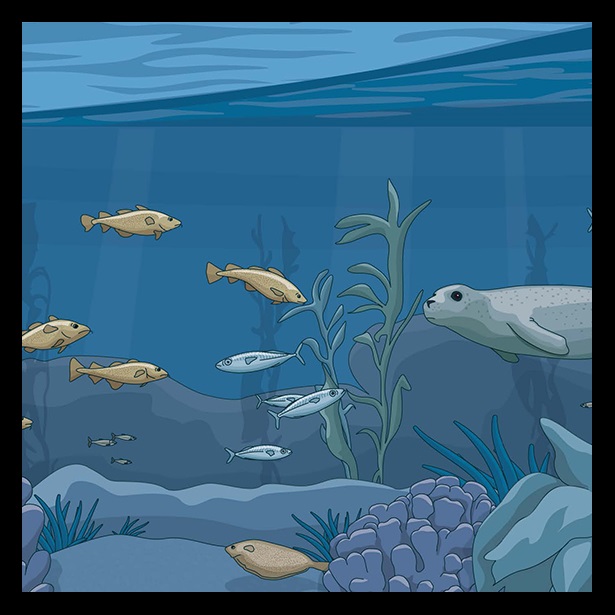Pivotal Decisions Loom as EU Faces Deadline to End Overfishing
Fisheries Council meetings on catch limits represent last chance to protect vulnerable deep-sea species

For those working on European Union fisheries policy, life gets busy in autumn as ministers from all 28 member states scramble to set more than 150 fishing limits for 2019. The quotas are set over three Council of the EU meetings, held from mid-October to mid-December. The Council’s decisions, which are always critical for the health of EU fisheries, carry added weight this year in the lead-up to a 2020 deadline to end overfishing under the Common Fisheries Policy (CFP).
Ministers face particular urgency in setting limits for deep-sea species, a process they undertake only once every two years. Because the Council will set those numbers for 2019 and 2020 at its November meeting, this is the final chance to end overfishing of deep-sea species, many of which are uniquely vulnerable, in time to meet the CFP requirements.
Other developments make this an especially critical year for the Council. By next year, member States must fully implement the CFP’s landing obligation, which requires the vast majority of fish to be landed once caught instead of being discarded. This could mean that the Council will set higher limits for some species. These may also be the last limit-setting meetings for Karmenu Vella, the commissioner for environment, maritime affairs, and fisheries, who this year reiterated his commitment to achieving the 2020 deadline to end overfishing.
In this unique period of decision-making, what can we expect?
Firstly, stakeholders and the public will not “see” a great deal of the decision-making process. The meetings are notoriously opaque, with most of the negotiations carried out behind closed doors—and often through the night (last December’s Council meeting ended around 6.30 a.m.).
Commission proposals on catch limits will be published ahead of each Council meeting, but even here anyone seeking the rationale for these numbers would have to do some investigating to get clear answers. The Commission will not publish proposals for stocks where management is shared with non-EU countries, and those can make up as many as half of all fishing limits. Proposals often evolve as member states lobby for increases in catches for their fleets, and these evolving proposals are not immediately or easily available, as they are not routinely published.
In its June “Communication,” the Commission said that scientific advice will be the basis for its proposals but, worryingly, also signalled that it may choose to exceed this advice for some stocks based on other factors, despite the need for urgent progress across the board by 2020. The Commission also indicated that it may propose limits higher than the scientific advice for less economically important stocks or those for which solid status information is lacking. Doing that would mark a reversal of the critically important precautionary approach and leave Europe applying different standards to different stocks, threatening the sustainability of its fisheries.
It is likely that ministers will trumpet each Council’s outcome as “progress.” And to be fair, in 2018, most limits did not exceed scientific advice—a first for the Council—and that indeed represented a significant achievement by Commissioner Vella. But with an analysis by The Pew Charitable Trusts showing that the Council still set 44 percent of limits too high for the year, ministers must make an even more substantial step toward fishing sustainably in their decision-making for 2019.
How the ministers set limits for deep-sea stocks in November will be the acid test of their commitment to ending overfishing by the deadline. Ministers have squandered many opportunities to set responsible limits over the past decade, choosing instead to overfish deep-sea stocks. These species have longer life cycles than fish that live in shallower depths and thus suffer some of the highest impacts from overfishing. Further, deep-sea species often inhabit inadequately understood ecosystems that could be significantly damaged by intense fishing pressures.
In November, the credibility and leadership of fisheries ministers (and the EU institutions) is at stake. The question is whether ministers will live up to their commitments and protect deep-sea species as EU law requires, and apply the same science-based standards when setting limits for all other species at their meetings this autumn.
Andrew Clayton directs The Pew Charitable Trusts’ efforts to end overfishing in North-Western Europe.













